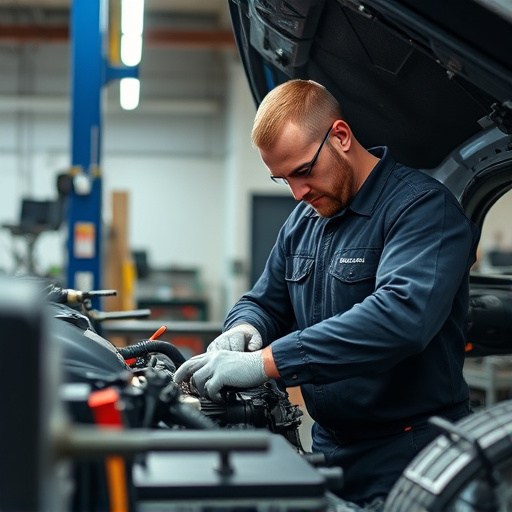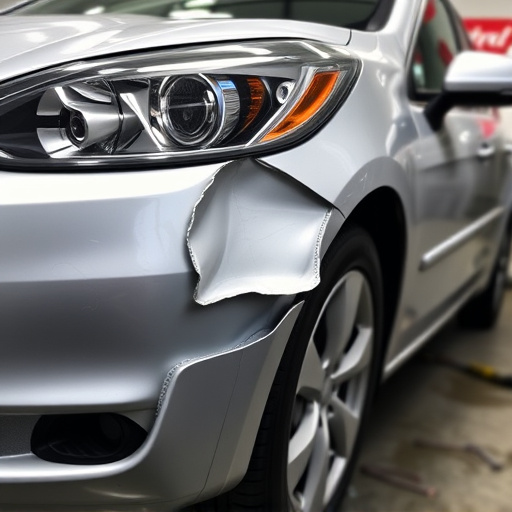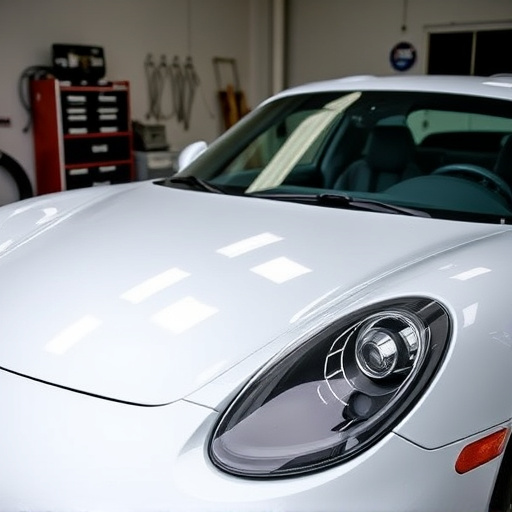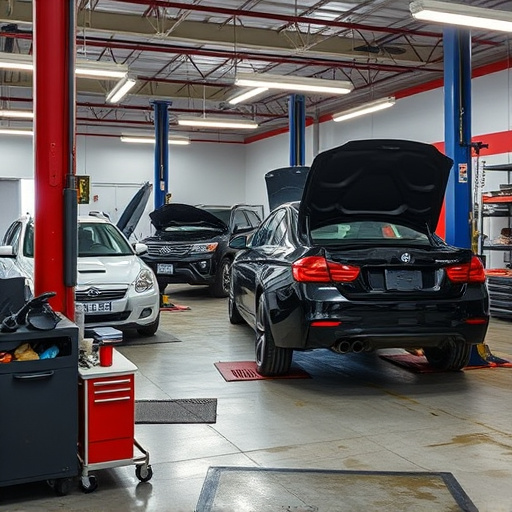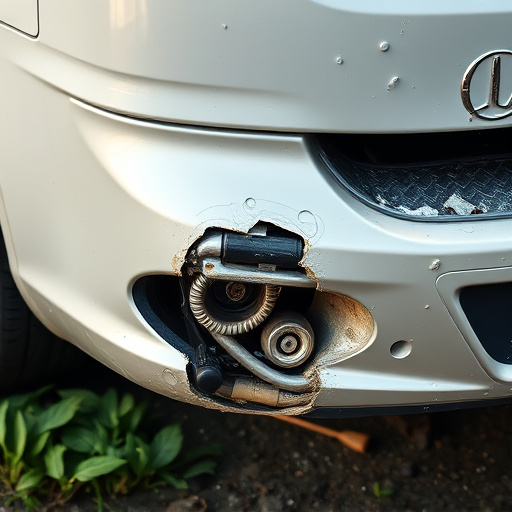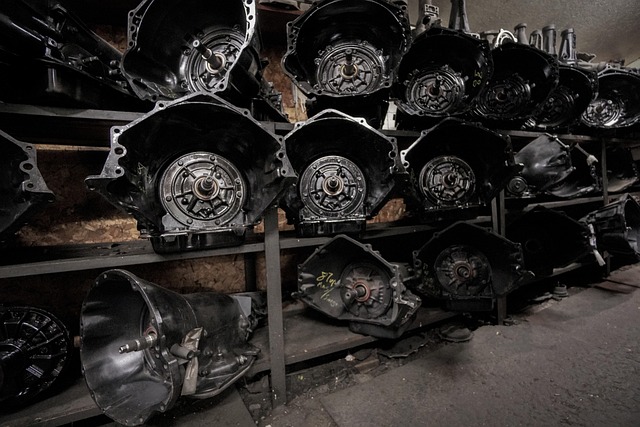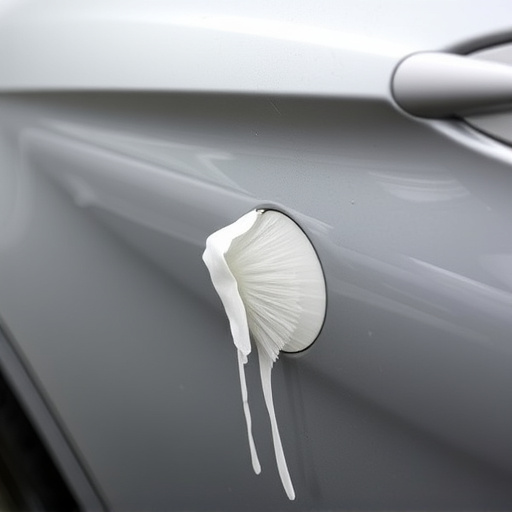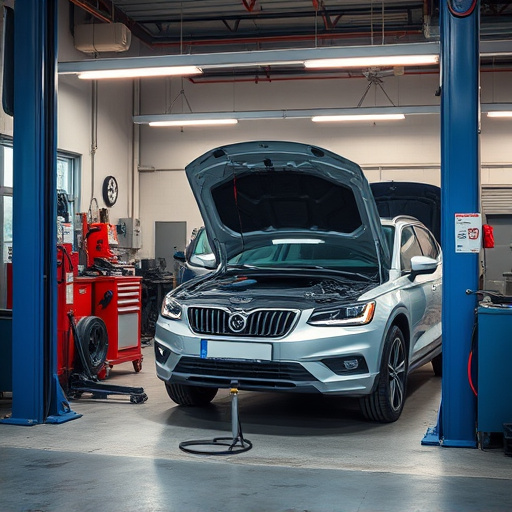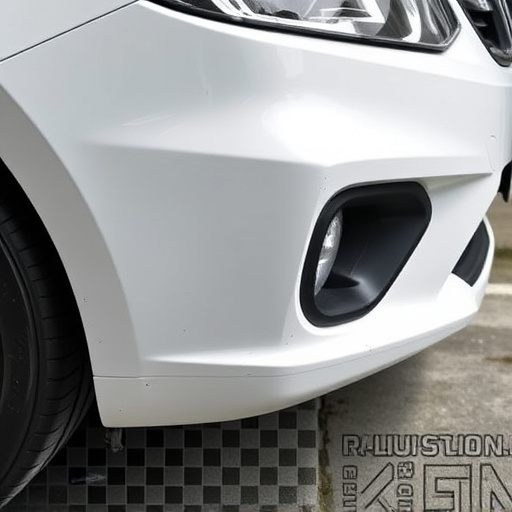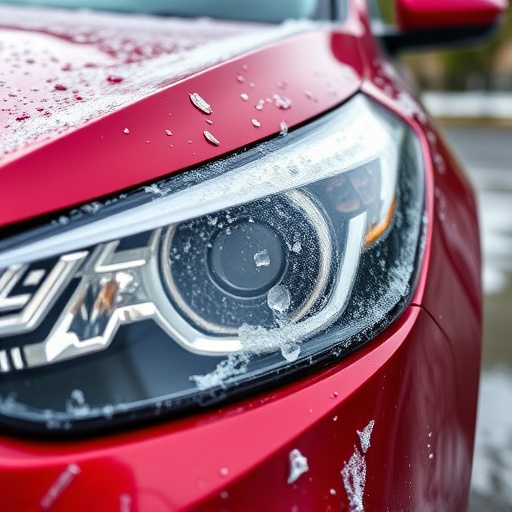Tesla composite repair is crucial for preserving the structural integrity and distinctive design of Tesla vehicles. Utilizing advanced materials like carbon fiber and fiberglass, this specialized process offers lightweight, strong, and eco-friendly benefits over traditional auto body repair. However, it demands precise techniques, skilled technicians, and custom fabrication, making repairs more complex and costly outside major automotive hubs. Owning a Tesla requires embracing these specialized needs to maintain the vehicle's performance and aesthetics.
In today’s automotive landscape, understanding the nuances of Tesla composite repair is crucial for both car owners and industry professionals. This innovative approach, contrasting traditional auto body repair methods, offers significant advantages in terms of durability, weight reduction, and aesthetic precision. By delving into the unique construction of Tesla vehicles, we’ll explore how composite repair techniques revolutionize damage restoration, ensuring a seamless fusion of performance and aesthetics.
- Understanding Tesla Composite Construction
- Advantages of Composite Repair Over Traditional Methods
- Considerations and Limitations of Tesla Composite Repairs
Understanding Tesla Composite Construction
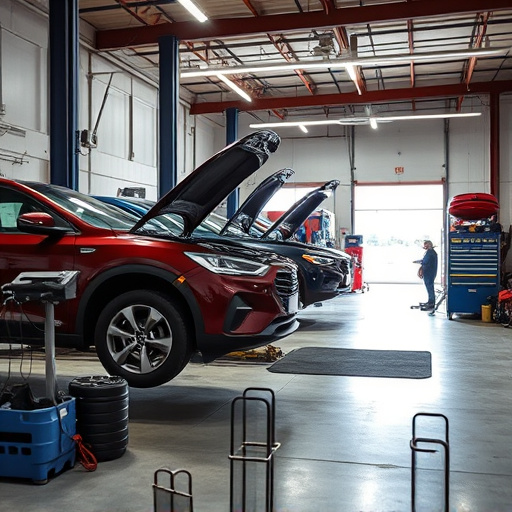
Tesla vehicles are renowned for their innovative design and cutting-edge technology, and a significant part of this is their use of composite materials in construction. Unlike traditional metal bodies, Tesla’s composite construction incorporates lightweight yet durable fibers, such as carbon fiber or fiberglass, bound together with resin. This advanced material offers several advantages, including enhanced structural integrity, reduced weight, and improved crash performance.
Understanding the intricacies of Tesla composite repair is crucial when addressing any damage to these unique vehicles. The process involves specialized techniques and materials to ensure the restoration of the vehicle’s structural integrity without compromising its performance or aesthetics. When comparing to traditional auto body repair, Tesla composite repair often requires more precise and meticulous methods to maintain the vehicle’s original design and strength, making it a preferred choice for those seeking top-tier vehicle repair services and car body restoration.
Advantages of Composite Repair Over Traditional Methods
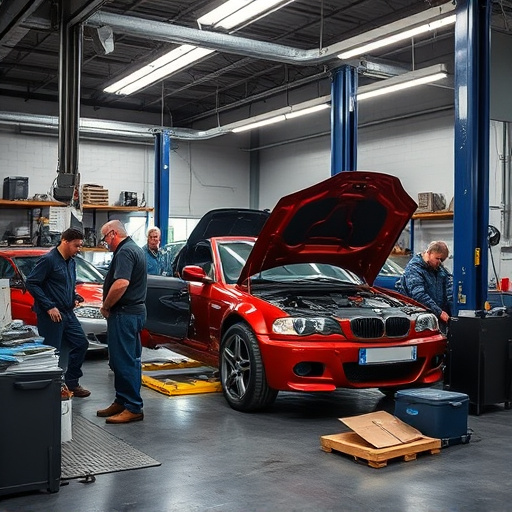
Tesla composite repair offers several advantages over traditional auto body repair methods. One of the key benefits is its ability to provide a lighter and stronger structure for vehicles, which is particularly important for modern electric cars like Tesla models. Composite materials can be designed to meet specific performance requirements, ensuring optimal weight distribution and enhanced safety features. This lightweight design translates to improved fuel efficiency and extended battery life, crucial factors for eco-conscious consumers.
Moreover, composite repair methods enable faster restoration times compared to conventional car paint repair or classic car restoration techniques. The advanced materials used in Tesla composite repair can be molded and shaped with precision, allowing for quicker repairs and less downtime for vehicle owners. This efficiency not only saves time but also reduces the overall cost of repairs, making it a more cost-effective solution for both consumers and automotive service centers.
Considerations and Limitations of Tesla Composite Repairs
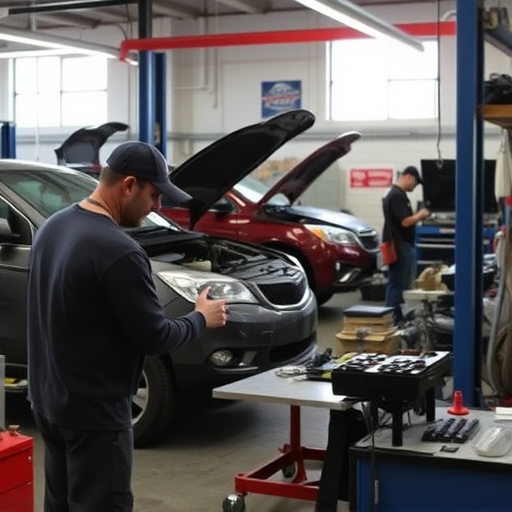
Tesla composite repairs represent a significant advancement in vehicle restoration, particularly for Tesla vehicles. However, they do come with certain considerations and limitations that potential owners should be aware of. One key factor is the specialized nature of composite materials; unlike traditional metal bodywork, composites require unique repair techniques and expertise to ensure structural integrity and aesthetic precision. This often means that finding a skilled technician or specialized auto body shop for Tesla composite repairs can be more challenging, especially in areas with limited automotive industry infrastructure.
Additionally, while composite materials offer lightweight benefits, they may not always be as flexible as metal in handling high-impact situations, which could lead to complex repair processes involving intricate molding and shaping. Unlike conventional autobody repairs that often involve straightforward replacement parts, Tesla composite repairs frequently necessitate custom fabrication, adding both time and cost to the restoration process. This specialized approach is essential for maintaining the vehicle’s structural integrity and preserving its unique design elements, but it’s a consideration that owners must keep in mind when contemplating repair options at a collision repair center or visiting an auto repair shop.
Tesla composite repair offers a revolutionary approach to auto body work, leveraging advanced materials for faster, more efficient repairs. While it presents several advantages over traditional methods, such as reduced weight and better aesthetics, there are also considerations like specialized training requirements and limited repair capabilities for certain complex components. As the electric vehicle (EV) market grows, understanding the nuances of Tesla composite repairs will become increasingly vital for maintaining and restoring these cutting-edge vehicles to their optimal state.
